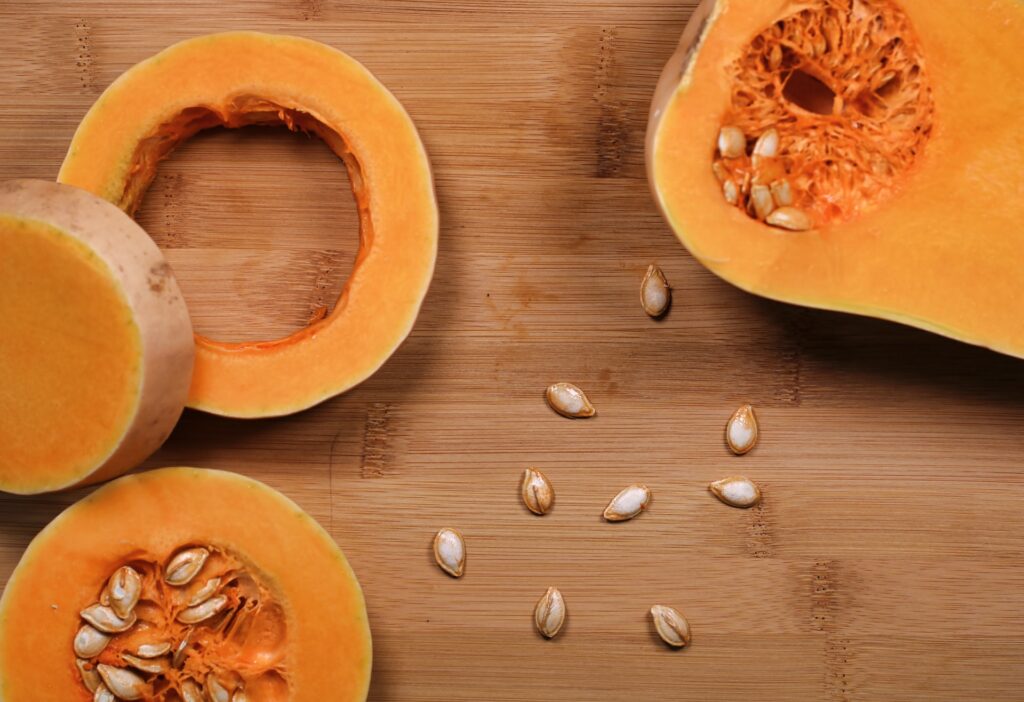“Can a college course teach students to ‘unlearn’ racism?” by Jennifer E. Cross, Colorado State University
Many Americans are asking how they can be more sensitive to members of different racial groups, a desire fueling sales of books like “How to be an Anti-racist” and the presence of “Hate has no home here” signs in front yards. But how to achieve that goal is anything but clear. Jeni Cross is a sociologist at Colorado State University who says she’s found an effective approach in her course ‘Social Production of Reality.’
Can A College Course Unteach Racism?
Many of my students tell me it can. They say my course improves their tolerance toward others, allows them to put themselves in another person’s shoes, and makes them more willing to take action to end discrimination and inequality.
Twenty years ago, I started asking this question on my final exam: “What is one thing you’ve learned from this class that you’ll remember long after this class is over?” Year after year, about 25% of the class says something like, “I have learned to be more tolerant of people who are different from me.”
When this first started happening, I was surprised. I never once mention the word tolerance in class, nor is increasing tolerance a learning objective.
When I asked for more detail, every student detailed how the class increased awareness of their own thoughts, how they increased their effort to suspend judgment and made new efforts to listen and understand the viewpoint and experiences of others. Many also described taking new actions based on seeing their own privilege more clearly.
People’s Realities Are Different
One student said, “I will remember that some people’s reality is different and not the same as mine. I learned a lot about others culturally and maybe a glimpse of what it’s like to be a minority or ‘different’ in some way. That has helped me to be more compassionate.”
I used a survey to compare how students’ attitudes changed in a variety of social science classes – not just my own. I found that student attitudes about their political ideology, empathy, and race changed very little after most classes. My course stood out because attitudes related to both race and empathy improved substantially.
So what sets my course apart? I believe it is the focus on teaching students to be aware of their own thoughts and judgments and how those thoughts shape their actions.
 What Does Your Course Say About Race?
What Does Your Course Say About Race?
Rather than focus on race, the class explores theories that emphasize the social nature of reality. One example is the Thomas Theorem, which states that when people define a situation as real, then it is real in its consequences.
Take baseball. Fans may argue with the umpire’s call, but we agree to give the umpire authority and so the scoreboard and history books record that call, thus making it a reality. Believing that there will be a toilet paper shortage can create one if enough people believe it, even when the supply of toilet paper hasn’t changed. Race, like baseball and toilet paper shortages, becomes real because of how we see it, define it and then act toward each other based on those meanings.
Sociologists Michael Omi and Howard Winant wrote, “Race is not something rooted in nature…but it is not an illusion. While it may not be real in a biological sense, race is indeed real as a social category with definite social consequences.” Race is created not from our biology, but from the ways in which we understand ourselves, interact with others and build our society.
Why Does ‘Race’ Feel So Real?
We are constantly reinforcing the idea of race and our individual identities. While our racial identities cannot be identified by genetic uniqueness, we have taught ourselves to see race in our skin color, facial features, hair texture, and culture. Race then becomes socially and culturally real, with some really unjust consequences. Blacks are 3-5 times more likely to be arrested for possession of marijuana than whites. Black women are three times more likely to die in a pregnancy-related death than white women. These facts are real, and they are produced not by biology but by social relationships, health and environmental inequalities, policies, and institutional practices that treat Black men and women differently than white men and women.
We are faced with a paradox. As long as we see and label race, we then act as though it is a meaningful difference, which ultimately produces unequal consequences. In contrast, if we act as though we don’t see race or claim color blindness, then we are denying that race is a vital social category in our culture which shapes all our lives.
Sociologist Eduardo Bonilla Silva argued that developing empathy with others is one of the prerequisites for redefining the racial order. While the students in my class call it tolerance, their descriptions are better-named empathy.
How Can One Semester Matter?
One semester is all it takes to learn to become aware of your own thoughts and to actively choose to change your judgments and build a new capacity for empathy. When we endeavor to deeply understand other people’s experiences, we also build the capacity and will for new actions. Like all things, it takes practice to make it a habit. All semester I tell the students, “In every moment, every interaction, you have a choice, a choice to repeat the scripts you were taught and reinforce our current social rules and experiences, or to choose a new path and create a new reality.”
Does The Color Of The Instructor Matter?
Teaching about race and racism brings challenges for all instructors regardless of their own race. What’s more, it is problematic to leave this challenging work only to instructors of color, who are a minority in American higher education.
Building trust and being vulnerable, telling stories of my own mistakes and growth, makes it possible for a white woman like me to talk about race in ways that help white students not feel defensive and allow students of color to feel safe. I can’t say I’ve always been perfect, but my students have been brave enough to teach me and learn with me to build our capacity for empathy and action.![]()
Credits
Jennifer E. Cross, Professor of Sociology, Colorado State University
This article is republished from The Conversation under a Creative Commons license. Read the original article.

 Late-night Effects
Late-night Effects Potential for weight gain
Potential for weight gain The Driving Force
The Driving Force The Buddhist Practice
The Buddhist Practice Putting Mindfulness Back Into Context
Putting Mindfulness Back Into Context Start Deciding on Small Things
Start Deciding on Small Things Although they’re small, pumpkin seeds are also
Although they’re small, pumpkin seeds are also  Success follows the ability to analyze a subject, and make sound judgments while moving toward your objectives. “You are to be a student, not a follower,” says Jim Rohn. That is exactly what professionals are, they are students. Success is the goal; therefore, continuous training, instruction, and mentored in the process.
Success follows the ability to analyze a subject, and make sound judgments while moving toward your objectives. “You are to be a student, not a follower,” says Jim Rohn. That is exactly what professionals are, they are students. Success is the goal; therefore, continuous training, instruction, and mentored in the process. The truth is, you will do what you want to do. If you want something bad enough you will dwell on it all of the time doing whatever is necessary to reach your goal. That is passion. Kahlil Gibran said, “All that spirits desire, spirits attain.”
The truth is, you will do what you want to do. If you want something bad enough you will dwell on it all of the time doing whatever is necessary to reach your goal. That is passion. Kahlil Gibran said, “All that spirits desire, spirits attain.” I can not stress strongly enough that taking action is one of the most important principles to achieving your dreams. Jim Rohn says, “Some are always picking the fruit, while others are always, examining the roots.” Consistent action will produce results. It is the law of sowing and reaping. You reap what you sow, in other words, you get what you deserve, not what you need. Plant enough seeds and you will find growth. It is the law of ratio. Ask enough people and someone will join or buy.
I can not stress strongly enough that taking action is one of the most important principles to achieving your dreams. Jim Rohn says, “Some are always picking the fruit, while others are always, examining the roots.” Consistent action will produce results. It is the law of sowing and reaping. You reap what you sow, in other words, you get what you deserve, not what you need. Plant enough seeds and you will find growth. It is the law of ratio. Ask enough people and someone will join or buy. No, he did not give up. He persevered through the hard times and some unbearable problems. How did he do that? What kept him going? The same way thousands of others did it. The big “P” was in the center of the triangle. Perseverance was the heart of their passion, attitude, and will.
No, he did not give up. He persevered through the hard times and some unbearable problems. How did he do that? What kept him going? The same way thousands of others did it. The big “P” was in the center of the triangle. Perseverance was the heart of their passion, attitude, and will. The Path of Bliss
The Path of Bliss Workplace courage is actually the
Workplace courage is actually the  Why They Don’t Speak Up
Why They Don’t Speak Up
